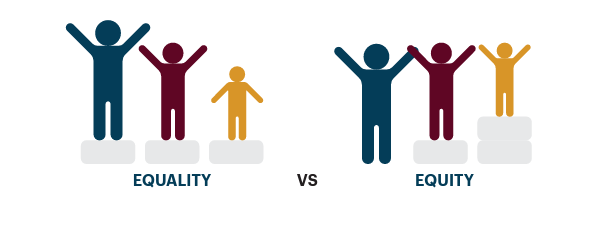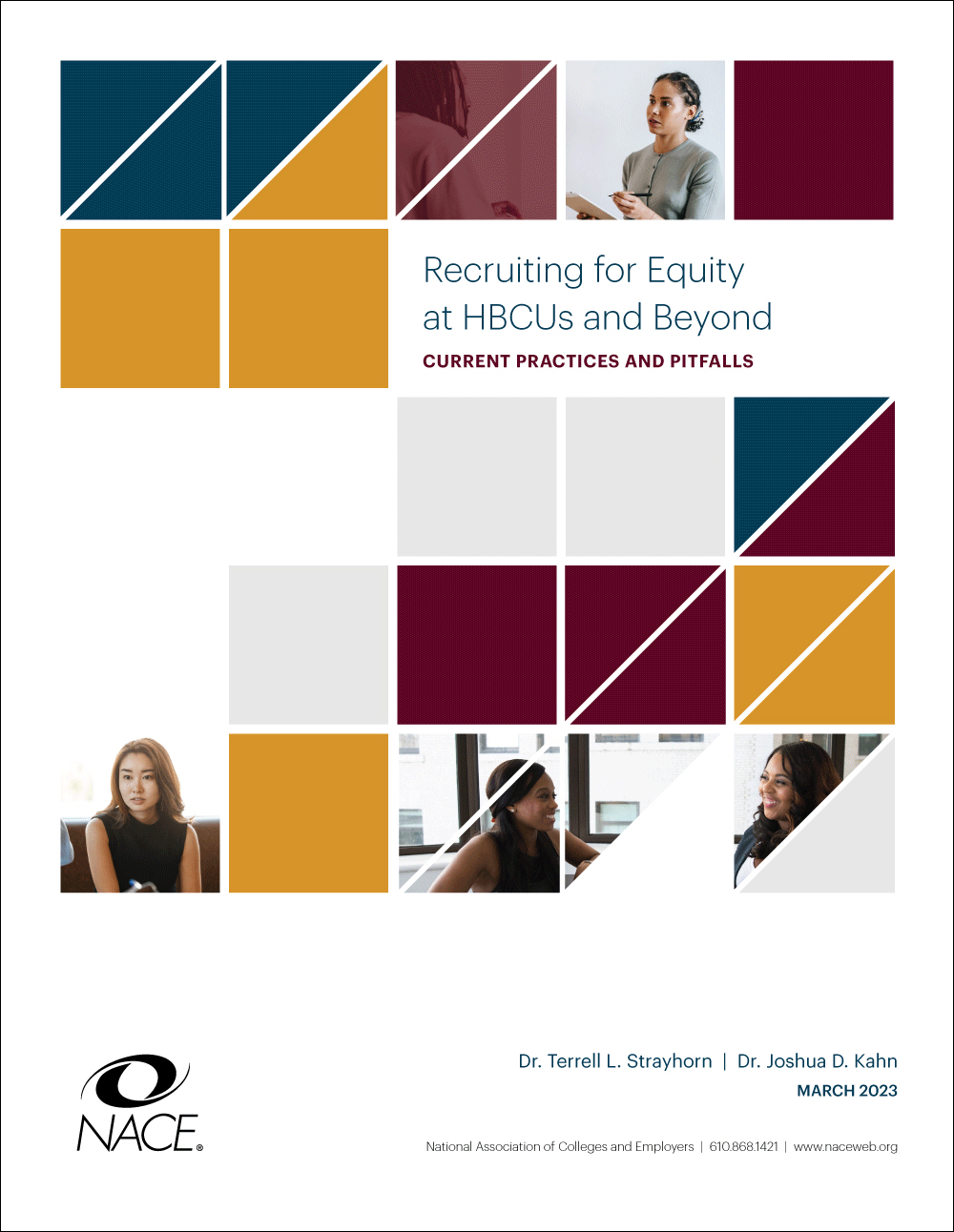Slightly more than 85% of employers reported having formal diversity recruiting goals, according to NACE’s 2022 Recruiting Benchmarks Report, but how effective are these efforts?
To gauge the success of diversity recruiting, NACE asked survey participants to first identify types of positions for which they recruited college graduates, then asked them to detail the number of graduates they hired in each of these, first by gender and then by race/ethnicity.
In terms of gender, men dominate hires (57% male to 42.2% female), while women dominate the number of college graduates (57.4% female to 42.6% male). This maldistribution when women are one of the prime objectives of employers’ diversity hiring programs can be to a great extent explained by the specific positions employers hire college graduates to fill. Respondents indicate that computer, engineering, and finance positions are three dominant job areas for new college graduates. Unfortunately, women constitute less than 30% of graduates in academic majors that would be directly linked to these positions (computer science: 21.1%; engineering: 23.9%; finance: 28.4%).
On race/ethnicity, there is clear evidence that employers have achieved a fairly reasonable level of performance in their diversity hiring. Although the majority of hires are white, the percentage is actually a bit below the percentage of graduates who are white (59.8% of hires vs. 61.7% of the class). (Please note: The number of responses was limited, particularly in terms of the race/ethnicity data. Therefore, the findings should be viewed with caution.)
There is, however, maldistribution in hiring among the racial/ethnic groups. Black candidates are hired in almost the exact percentage as their numbers would suggest by examining their portion of the college hiring class (9.8% of hires to 9.7% of the class). Asian candidates are overrepresented among respondents’ new college hires, accounting for 18% of new college hires but just 8.2% of the class. All other categories are to an extent underrepresented, but the biggest impact here is felt by Hispanic/Latinx students: They account for only 10.7% of all hires, but constitute 15.7% of all graduates.
The 2022 Recruiting Benchmarks Report explores key aspects of university recruiting, such as the structure, staffing, focus, and execution of the efforts, and provides outcome-oriented benchmarks and metrics. The survey on which this report is based was conducted from May 9, 2022, until June 17, 2022, and was distributed to 816 organizations holding NACE membership as well as nonmembers. There were 183 NACE member respondents, representing 22.4% of eligible member respondents. An additional 27 responses were received from nonmember companies. The 2022 Recruiting Benchmarks Report is available to participating members through MyNACE.








